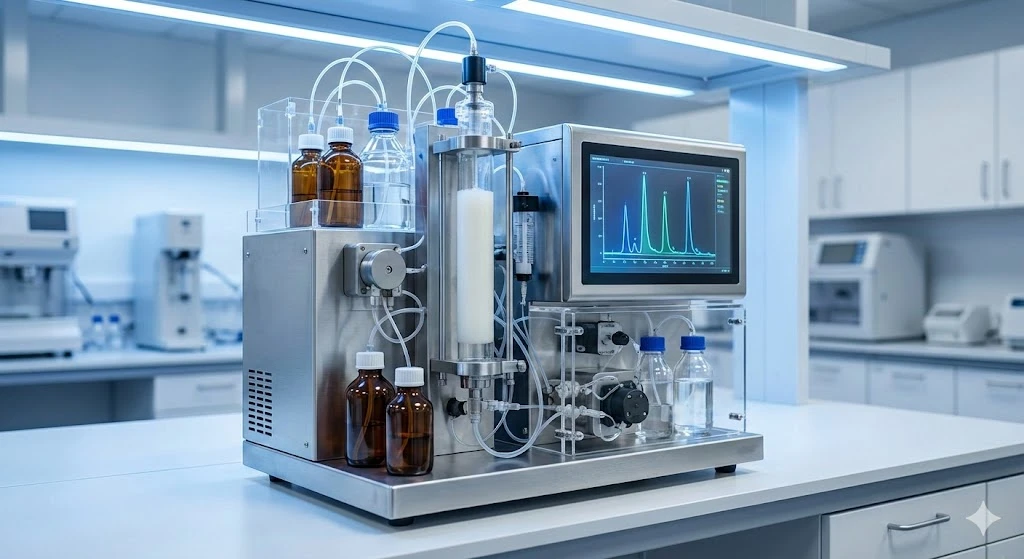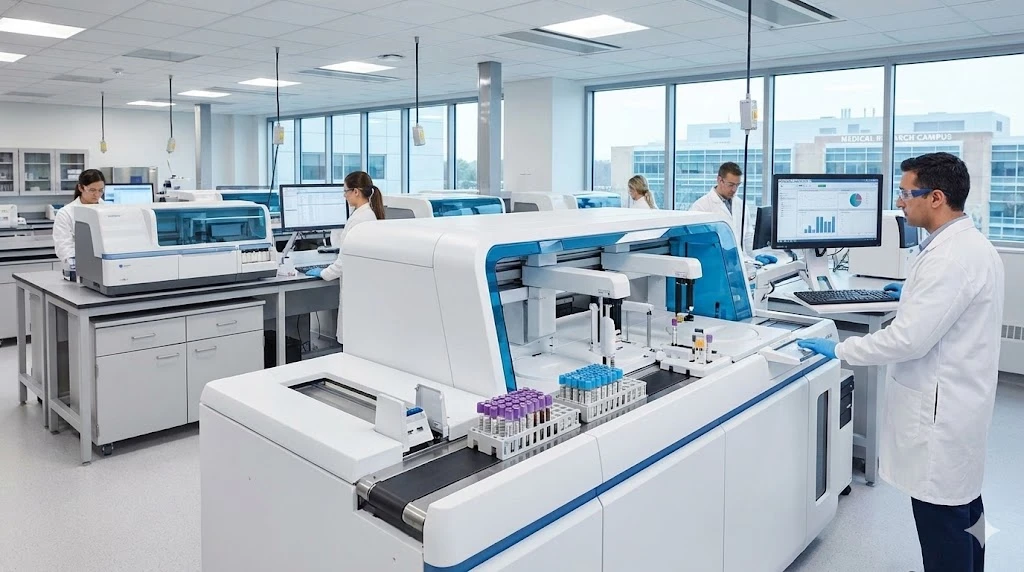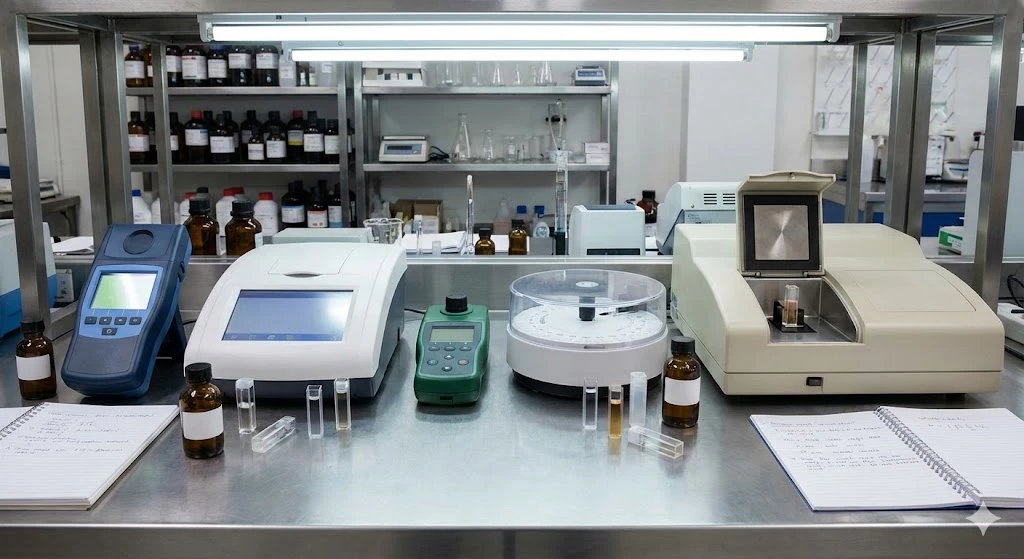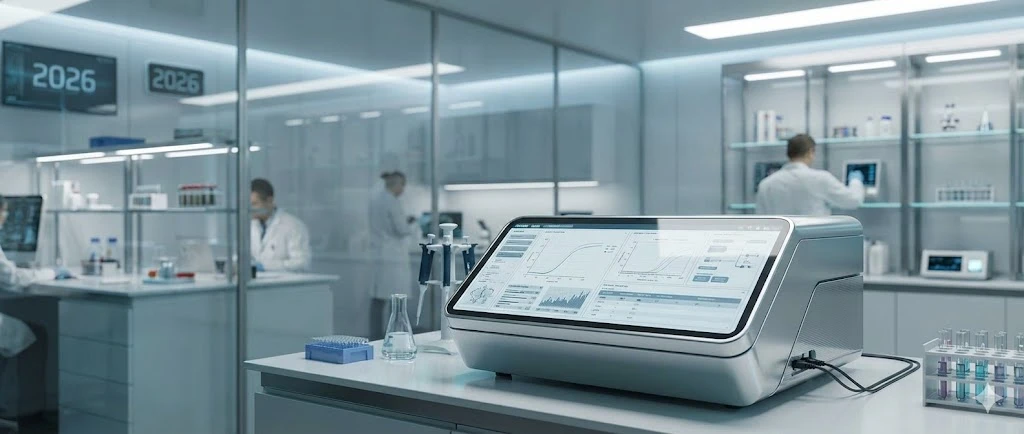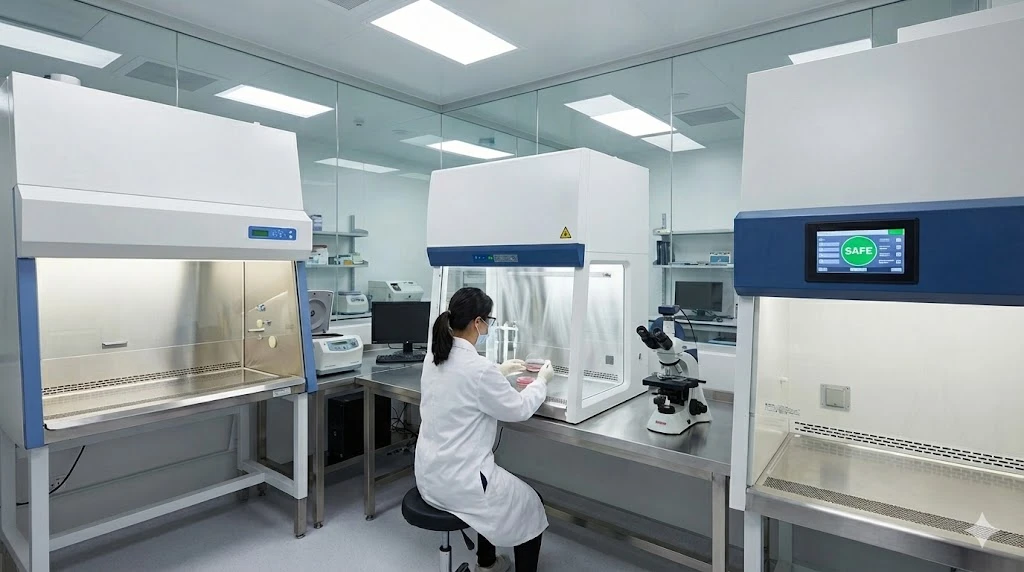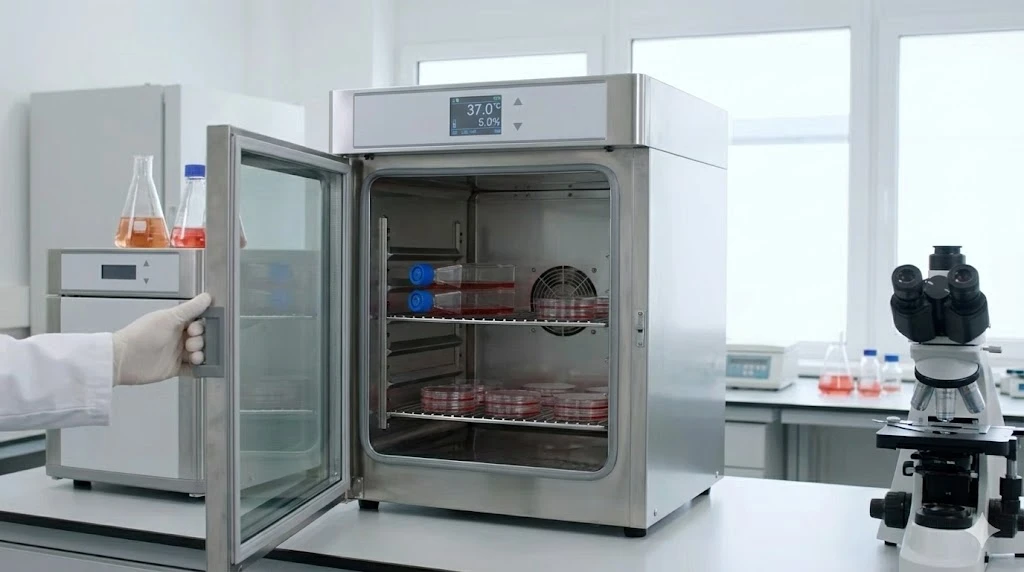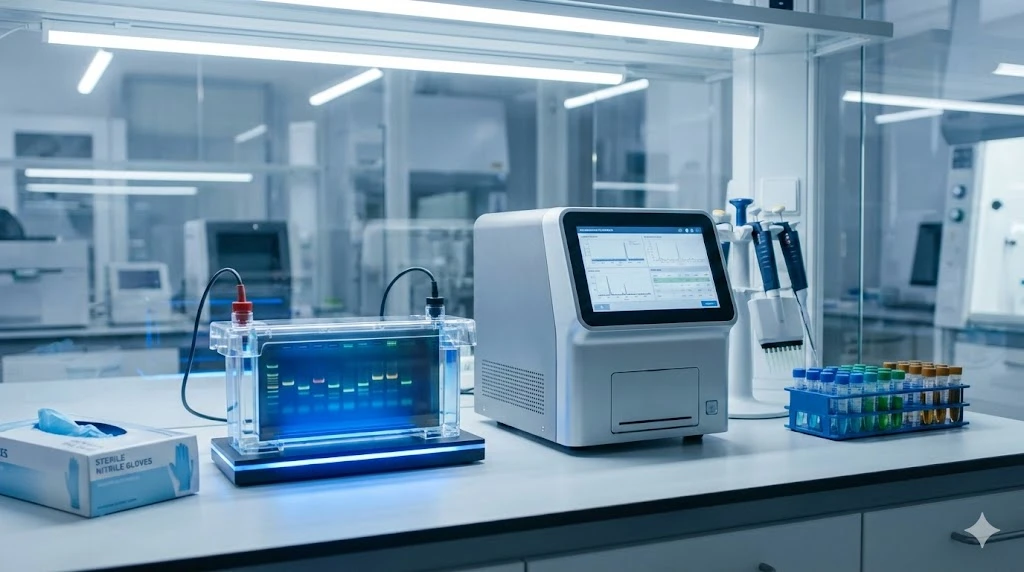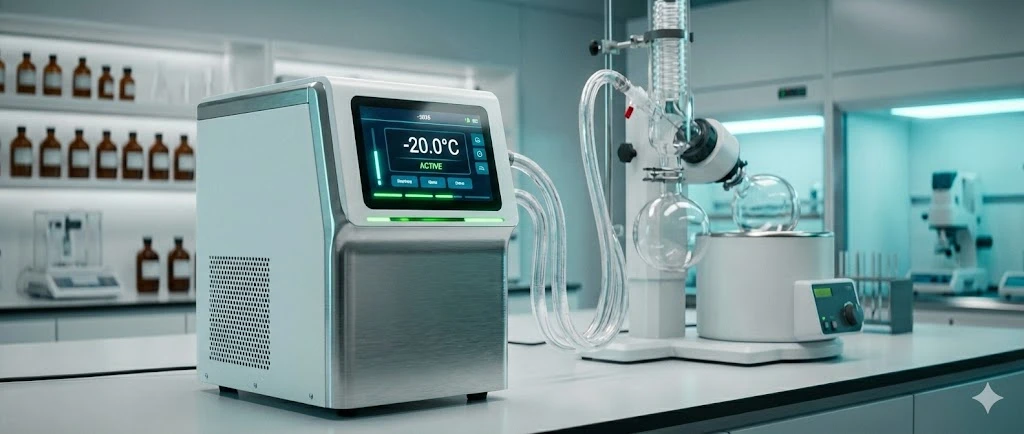Unlocking Battery Performance: Essential Electrochemistry Instrumentation for R&D and QA/QC
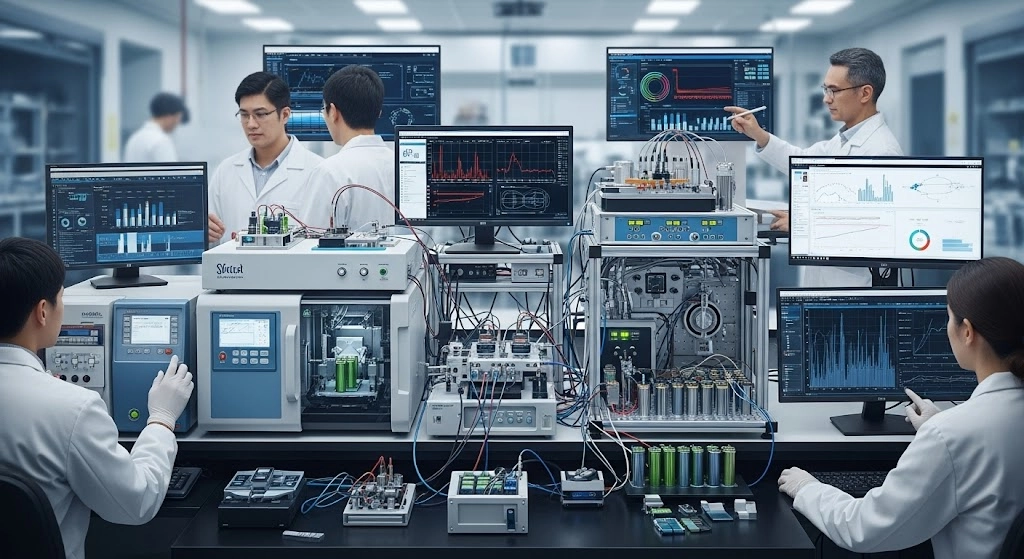
ImageFX (2025)
The global drive towards electrification, from electric vehicles to grid-scale energy storage, fundamentally relies on continuous innovation and rigorous quality control in battery technologies. For lab professionals, understanding and utilizing cutting-edge electrochemistry instrumentation is paramount. The performance, safety, and longevity of next-generation batteries are directly tied to the precise understanding and optimization of their electrochemical processes. This article explores the core instrumentation empowering laboratories to advance battery R&D and ensure robust quality assurance and quality control (QA/QC).
Electrochemical Workstations: Core Electrochemistry Instruments for Battery Analysis
The electrochemical workstation, typically a potentiostat/galvanostat, is central to any advanced electrochemistry lab. This versatile instrument applies precise electrical stimuli to electrochemical cells and measures the resulting current or voltage responses, serving as the workhorse for diverse electrochemical techniques vital for battery material characterization and cell-level performance evaluation.
Principle: A potentiostat precisely controls the potential (voltage) between electrodes, while a galvanostat controls the current. By manipulating these parameters, researchers can simulate battery conditions and observe intricate electrochemical reactions.
Applications in Battery R&D and QA/QC:
Cyclic Voltammetry (CV): Studies redox reactions, determines mechanisms, and assesses electrochemical stability windows of materials.
Chronoamperometry (CA) & Chronopotentiometry (CP): Used for diffusion studies, reaction rates, and assessing electrode material capacity and stability.
Galvanostatic Intermittent Titration Technique (GITT) & Potentiostatic Intermittent Titration Technique (PITT): Measures ion diffusion coefficients within electrode materials, crucial for charge/discharge rates.
Open Circuit Potential (OCP) Measurement: Monitors stable potential under no current, indicating state of charge and internal equilibrium.
Table: Key Electrochemical Workstation Techniques for Battery Analysis
Technique | Principle | Primary Application in Batteries |
|---|---|---|
Cyclic Voltammetry (CV) | Sweeps potential, measures current | Redox reaction study, material stability, electrochemical windows |
Chronoamperometry (CA) | Applies constant potential, measures current | Diffusion kinetics, material capacity, reaction rates |
Chronopotentiometry (CP) | Applies constant current, measures potential | Material capacity, overpotential analysis, battery discharge curves |
GITT/PITT | Intermittent current/potential pulses | Chemical diffusion coefficient determination (ion mobility) |
Battery Cyclers: Essential Battery Testing Equipment for Performance & Cycle Life
Battery cyclers, also known as battery testing systems, are purpose-built for comprehensive cell-level performance evaluation. These systems conduct long-term cycling tests, simulating real-world usage to assess critical parameters like capacity, cycle life, energy efficiency, and rate capability.
Principle: Battery cyclers precisely control charge and discharge currents and voltages over extended periods. They operate in constant current (CC), constant voltage (CV), and constant power (CP) modes, with programmable capabilities to mimic complex duty cycles.
Applications in Battery R&D and QA/QC:
Cycle Life Testing: Determines how many charge/discharge cycles a battery endures before capacity degradation. Essential for R&D optimization and QA/QC validation.
Capacity Measurement: Precisely measures deliverable capacity under various conditions (e.g., discharge rates, temperatures).
Rate Capability Testing: Evaluates performance at different charge and discharge rates (C-rates), indicating power delivery and fast-charging ability.
Efficiency Measurement (Coulombic & Energy): Quantifies charge and energy efficiency, vital for understanding energy losses.
Temperature Performance Testing: Assesses battery performance across operating temperatures, often integrating with environmental chambers.
Battery cyclers provide empirical data to validate models, compare material formulations, and ensure manufactured cells meet stringent performance specifications.
Electrochemical Impedance Spectroscopy (EIS): Unveiling Internal Battery Dynamics for R&D and QA/QC
Electrochemical Impedance Spectroscopy (EIS) is a powerful, non-destructive technique offering deep insights into a battery's internal processes, including charge transfer kinetics, mass transport limitations, and interfacial phenomena. EIS applies a small AC perturbation over a range of frequencies, revealing the frequency-dependent electrical response.
Principle: A small sinusoidal AC signal (voltage or current) is applied to the battery, and the resulting response is measured. Analyzing the phase shift and amplitude ratio across a wide frequency range generates an impedance spectrum. This spectrum is typically fitted to an equivalent circuit model, where each element corresponds to a specific physical or chemical process within the battery.
Applications in Battery R&D and QA/QC:
Separating Internal Resistances: Differentiates between ohmic resistance, charge transfer resistance, and solid-electrolyte interphase (SEI) resistance, crucial for understanding performance limitations and degradation.
Degradation Mechanism Identification: Changes in the EIS spectrum over time indicate specific degradation pathways (e.g., SEI layer growth, active material loss), invaluable for R&D and QA/QC.
State of Health (SOH) Estimation: A non-invasive tool for estimating battery SOH, providing a more detailed picture than simple capacity measurements.
Interfacial Studies: Understanding the formation and evolution of the SEI layer, which significantly impacts battery safety and cycle life.
EIS provides a diagnostic fingerprint of the battery's internal state, making it an indispensable tool for fundamental research and advanced quality control.
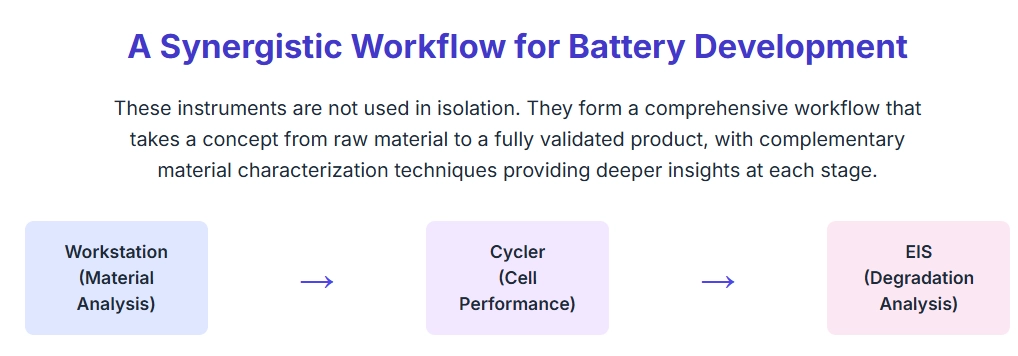
Complementary Material Characterization: Enhancing Electrochemical Insights for Battery Development
Scanning Electron Microscopy (SEM) with EDX: Provides high-resolution images of surface topography and morphology, coupled with elemental composition analysis. Useful for visualizing particle size, identifying structural defects, and analyzing material composition.
X-ray Diffraction (XRD): Probes the crystalline structure of materials, identifying crystal phases, determining lattice parameters, and assessing structural changes during cycling. Essential for validating material purity and structural integrity.
X-ray Photoelectron Spectroscopy (XPS): Analyzes elemental composition and chemical states on material surfaces. Critical for detailed analysis of the SEI layer, identifying surface contaminants, and understanding surface chemistry evolution.
These techniques provide the structural and compositional context needed to interpret electrochemical data, enabling researchers to correlate material properties with electrochemical performance and degradation mechanisms.
Conclusion: Driving Battery Innovation with Advanced Lab Instrumentation
The development of next-generation battery technologies demands a multi-faceted approach to characterization and validation. Electrochemical workstations, battery cyclers, and Electrochemical Impedance Spectroscopy are foundational for performance evaluation, offering unparalleled insights into battery electrical behavior and internal dynamics. Complementing these with advanced material characterization techniques provides a complete picture, linking material structure and composition to electrochemical function.
For laboratory professionals, mastering and integrating data from these instruments is paramount. This comprehensive approach accelerates R&D cycles, ensures the robust quality of manufactured cells, and ultimately drives the innovation necessary to power a sustainable future. Investing in and skillfully utilizing this essential instrumentation is not just about measuring performance; it's about unlocking the full potential of battery technology.
Frequently Asked Questions (FAQ)
Why is a potentiostat/galvanostat essential in battery R&D? A potentiostat/galvanostat allows precise control of voltage and current to study fundamental electrochemical reactions, characterize new electrode materials, and understand component stability, which is foundational for developing improved battery chemistries.
How do battery cyclers ensure quality assurance (QA) for battery manufacturers? Battery cyclers perform rigorous, long-term charge/discharge tests simulating real-world usage. They verify critical performance metrics like capacity retention and cycle life, ensuring manufactured cells meet design specifications and safety standards.
What unique insights does Electrochemical Impedance Spectroscopy (EIS) offer for battery analysis? EIS uniquely separates and quantifies internal battery resistances (ohmic, charge transfer, SEI), helping identify specific degradation mechanisms, assess battery state of health (SOH) accurately, and understand crucial interfacial phenomena non-destructively.
How do material characterization techniques complement electrochemical testing in battery development? Techniques like SEM, EDX, XRD, and XPS provide insights into physical and chemical material properties (morphology, composition, structure, surface chemistry). This allows researchers to correlate material attributes with electrochemical performance and degradation, leading to informed design improvements.

